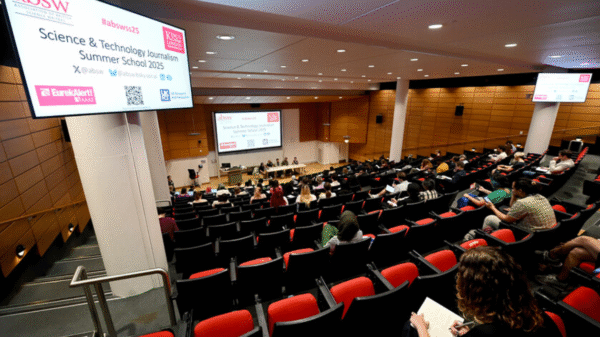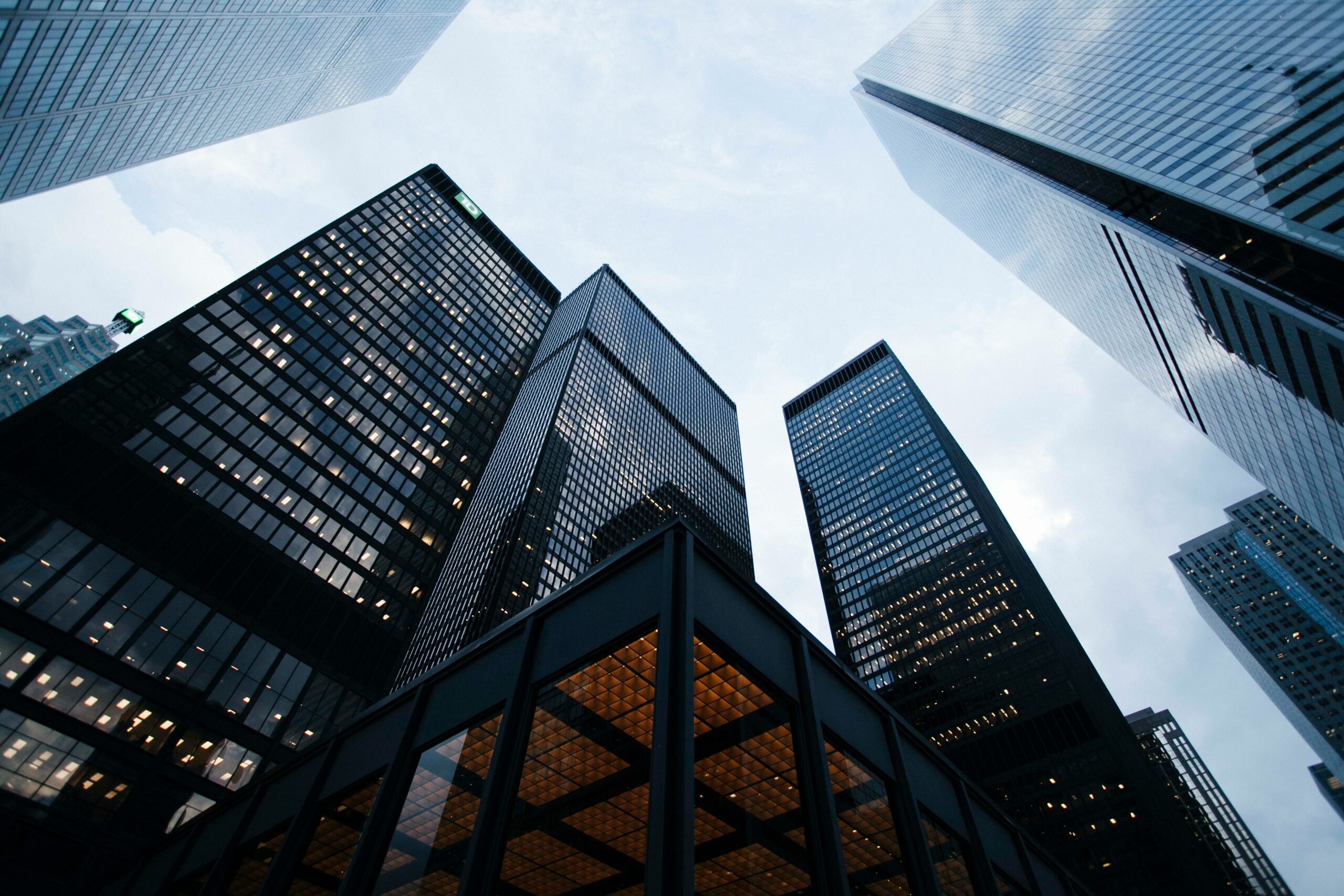Roar writer Emma Fallside on the lie of the growing sector of sustainable investing, and what measures investors need to take in the face of climate change.
On January 24, Bloomberg Intelligence released a press announcement stating that in 2022 global ESG assets may surpass $41 trillion (USD), and will likely reach $50 trillion by 2025. This report reflects a universally recognised trend in sustainable investment practices. Since 2020, ESGs have made up one-third of all global assets under management. Clearly, sustainable funds are an essential part of asset management firms. But recently, this form of investment has come under fire for greenwashing and deception. This criticism begs the question: where exactly are one-third of global assets going?
What are ESGs?
ESG stands for Environment, Social, and Governance: the Corporate Finance Institute says that these three terms are used as categories of interest for socially responsible investors. The Institute describes people who invest in ESGs as “investors who consider it important to incorporate their values and concerns (such as environmental concerns) into their selection of investments instead of simply considering the potential profitability and/or risk presented by an investment opportunity.”
In an age of increasing climate anxiety and disillusionment with government social reform, ESG investment seems to offer investors a sure-fire way to put their money where their mouth is. Labelling assets as ESGs implies a range of benefits to add to an investment portfolio- everything from fossil fuel-free funds to trading with companies committed to anti-corruption policies. The three categories of ESG often contain a lot of overlap. But, regardless of the area of interest, the label suggests that your money is somehow going to the benefit of society.
ESGs sound very good on paper: a fact which has been reflected in their upward trajectory in the world of global investment. Bloomsburg Intelligence valued global ESG assets at $22.8 trillion in 2016, $30.8 trillion in 2018, and $35 trillion in 2020, at which point they made up one third of all global assets. Factors such as the Covid-19 pandemic have increased awareness of social unrest and climate change, especially for younger generations of investors. Morgan Stanley’s 2021 survey found that 99% of millennials surveyed were interested in sustainable investing to address these issues.
Do ESGs really do what they claim to?
While the hype around ESGs has been growing in the past few years, so too have the criticisms. One of the strongest voices in the case against ESG is also one of the industry’s most prominent figures: Tariq Fancy, the former Chief Investment Officer for Sustainable Investing at BlackRock.
Fancy left his position at the world’s largest investment firm in 2019. In summer of 2021, the entrepreneur released his widely circulated essay “The Secret Diary of a ‘Sustainable Investor’.” This three-part paper has received a mixed reaction from proponents and critics of ESG investment. However, Fancy’s main takeaway is still a strong message with insight stemming from a leading position in sustainable investment. He states that “Wall Street is…craftily greenwashing the economic system and delaying overdue systemic solutions, including those intended to combat rising inequality and the insidious political risks it creates.”
“Wall Street is…greenwashing the economic system”
But what does “greenwashing” in the investment world look like? In a 2021 interview with VOX, Andy Behar points to specific examples. Behar is the CEO of the nonprofit As You Sow It, an organisation which provides online tools to show people what exactly is in their investments in order to promote environmental awareness.
“Most people are invested and have no idea what they are invested in, because most people invest in mutual funds- which are these baskets of stocks- and they only tell you on the prospectus what are the top 10 holdings” Baher told VOX. He then demonstrated how one of SPDR’s ‘Fossil Fuel Reserves Free’ ETFs actually has holdings in 23 fossil fuel companies.
Because the fossil fuel companies account for under 2% of the total fund, SPDR labels it under an ESG category. However, this is the exact type of marketing that Tariq Fancy claims lulls investors into “a false sense of security.”
Because of the general broadness of the ESG categories, firms can classify their funds as ‘sustainable’ for a number of reasons. All the while, many simply hide or don’t list the fund’s unsustainable investments. Part of this process is achieved by firms selling their most-polluting assets off to private companies and funds. The Economist reports that while these “dirty assets” may disappear from public portfolios, the actual oil wells and mines are not being shut down. Rather, they are shifting hands out of publicly held investments into the shadowy grasp of private firms.
What should investors do?
The greenwashing of ESGs is a piece in the larger puzzle of how to address climate issues. There are some who suggest that carbon taxes and increased government regulation of sustainable investment may be the only way to truly ensure that financial markets have a quantifiable impact. Regardless of the effectiveness of these solutions, these are structural outcomes. Policy changes must have a top-down approach in order to effectively change our entire financial structure. With that in mind, what exactly should individual investors, especially students looking to enter the financial sector, be thinking about?
On one hand, investors may want to take Tariq Fancy’s advice: give up on ESG.
Part three of Fancy’s 2021 paper can be summed up in his analogy of prescribing wheatgrass to a cancer patient. Despite the lack of evidence to show that wheatgrass can cure cancer, it’s a lot easier to stomach than the prospect of chemotherapy. In selling people the proverbial wheatgrass, investment firms are delaying and distracting from the structural overhaul which is required to address climate change. So, Fancy recommends that instead of putting more money into sustainable investing, people would be better off investing as they’ve always done. Instead, extra time and money should be put into advocacy for government action.
However, there are others who have yet to give up on the possibility of sustainable investing. There is an increasing emphasis on ways to see the full impact of investment funds- As You Sow It‘s online tool is just one example among many. If institutional investors are willing to put in the time and energy to figure out where exactly their money is going, the profitability of real sustainability is bound to increase.
In creating a real incentive for sustainability, new generations of investors may have the chance to revolutionise finance. Whether this can actually be achieved may depend on peoples’ ability to put society and the earth ahead of their own gain.


















